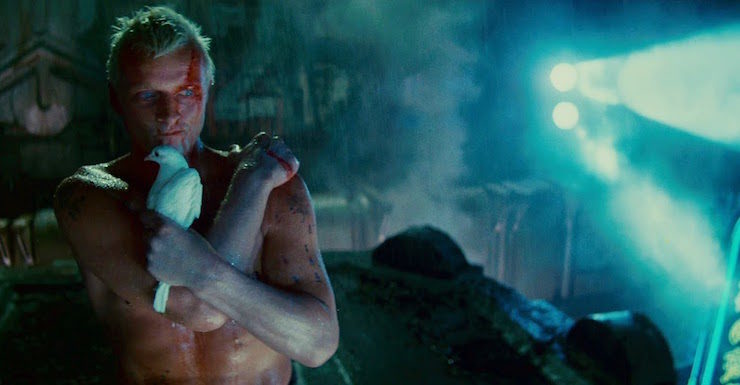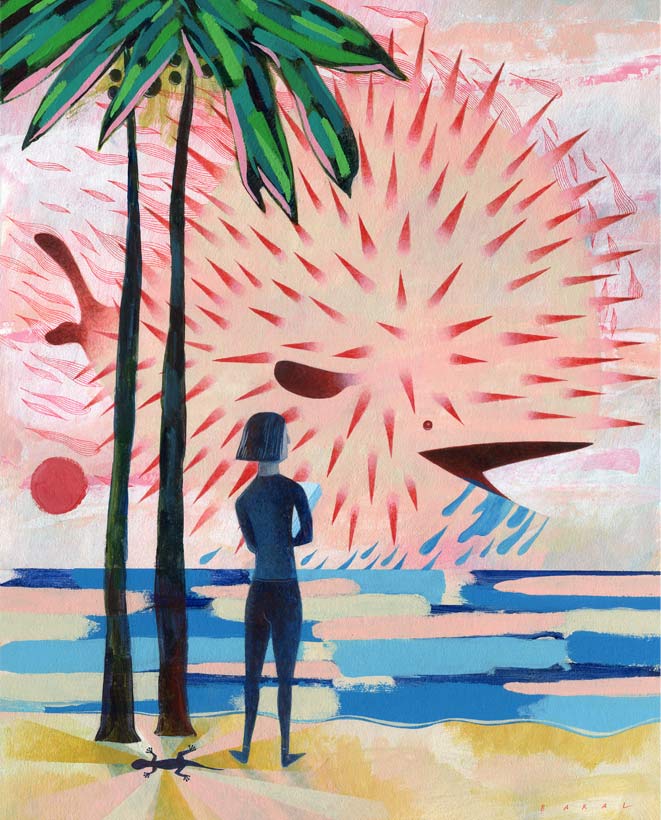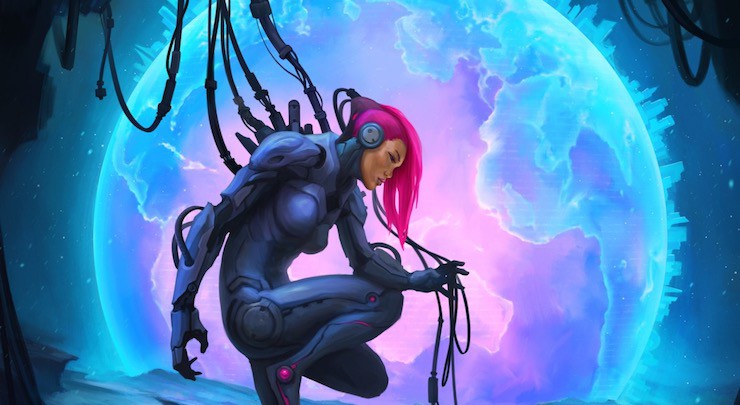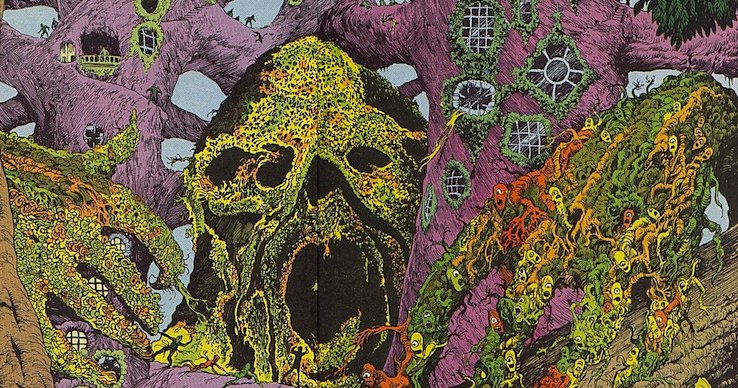What It Means to Be Human: Five Works of Fiction That Explore Blade Runner’s Core Themes
Comment number:
5
Advertisement

Showing 8 results





“The sky above the port was the color of television, tuned to a dead channel.”
William Gibson, Neuromancer
For compliance with applicable privacy laws:



